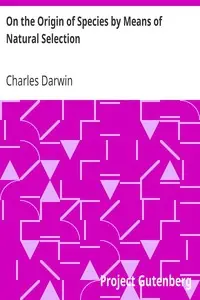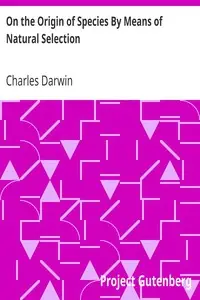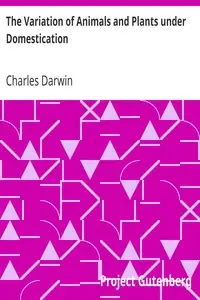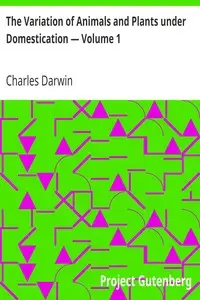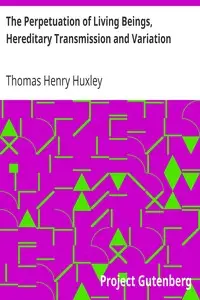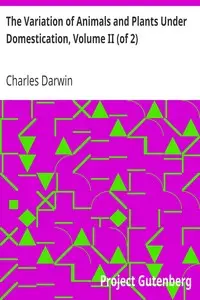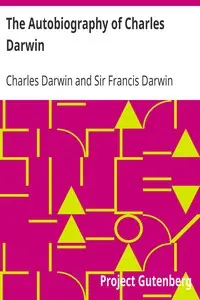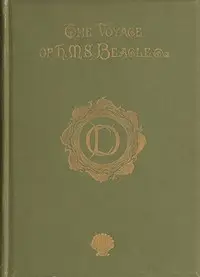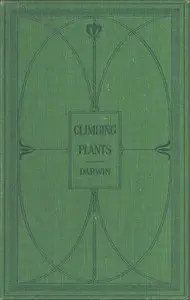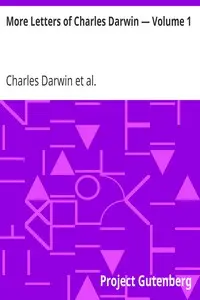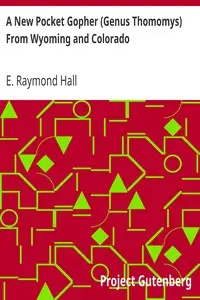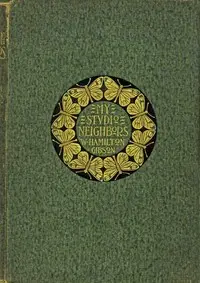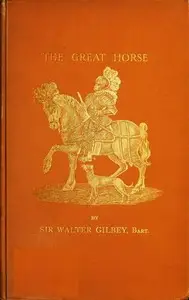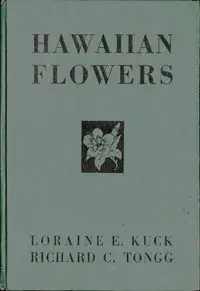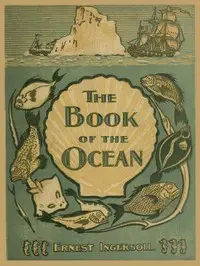"The Variation of Animals and Plants Under Domestication, Vol. I" by Charles Darwin is a study of the changes that happen to creatures and plants when humans domesticate them. The book looks at how things around them, like where they live, change how they look and act. Darwin wants to learn what causes these changes and how they connect to what happens in nature. He starts off saying he will look into how domestic animals and plants have been changed by humans. He will use examples such as pigeons, foxes, and rabbits. He talks about important ideas like natural selection, how traits are passed down from parents, and how humans choose which plants and animals to breed. This starts a close study of how domestication changes how organisms look and work, linking it to his bigger ideas about evolution and natural selection.
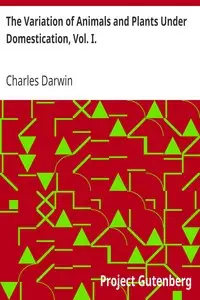
The Variation of Animals and Plants Under Domestication, Vol. I.
By Charles Darwin
Examine how pigeons, foxes, and rabbits changed due to human intervention to better understand the hereditary nature of traits.
Summary
About the AuthorCharles Robert Darwin was an English naturalist, geologist, and biologist, widely known for his contributions to evolutionary biology. His proposition that all species of life have descended from a common ancestor is now generally accepted and considered a fundamental scientific concept. In a joint publication with Alfred Russel Wallace, he introduced his scientific theory that this branching pattern of evolution resulted from a process he called natural selection, in which the struggle for existence has a similar effect to the artificial selection involved in selective breeding. Darwin has been described as one of the most influential figures in human history and was honoured by burial in Westminster Abbey.
Charles Robert Darwin was an English naturalist, geologist, and biologist, widely known for his contributions to evolutionary biology. His proposition that all species of life have descended from a common ancestor is now generally accepted and considered a fundamental scientific concept. In a joint publication with Alfred Russel Wallace, he introduced his scientific theory that this branching pattern of evolution resulted from a process he called natural selection, in which the struggle for existence has a similar effect to the artificial selection involved in selective breeding. Darwin has been described as one of the most influential figures in human history and was honoured by burial in Westminster Abbey.

